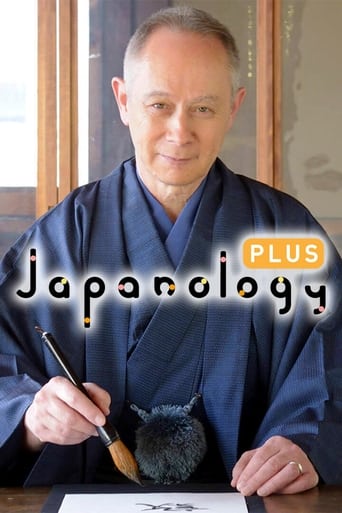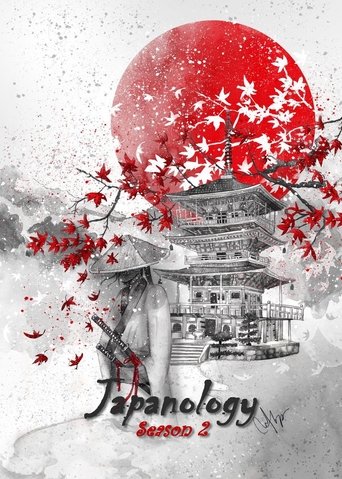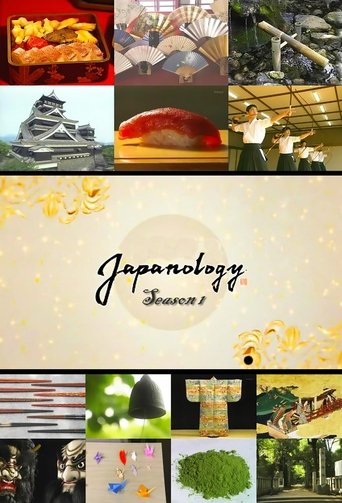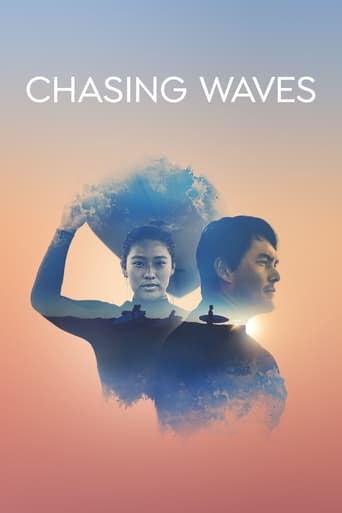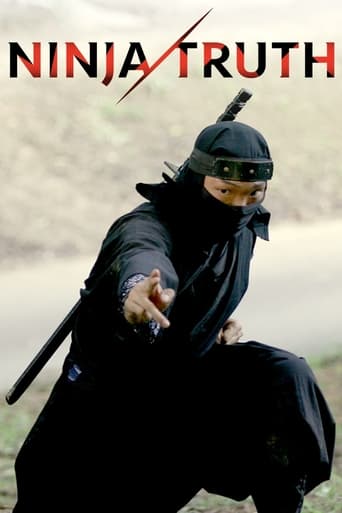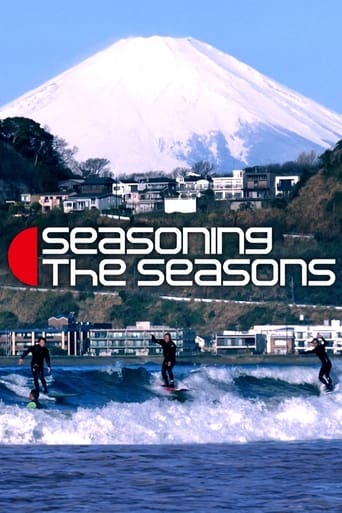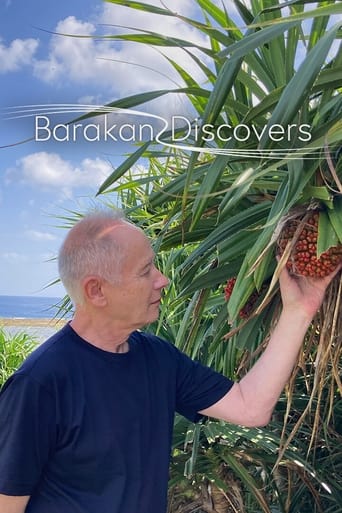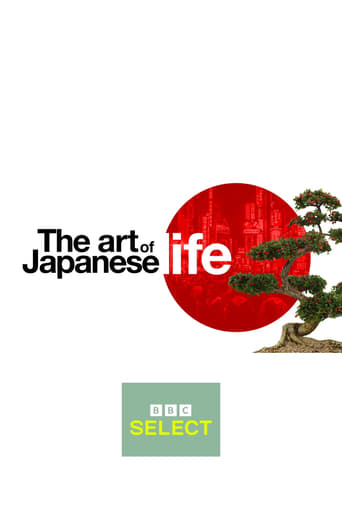Japanology Plus Season 4
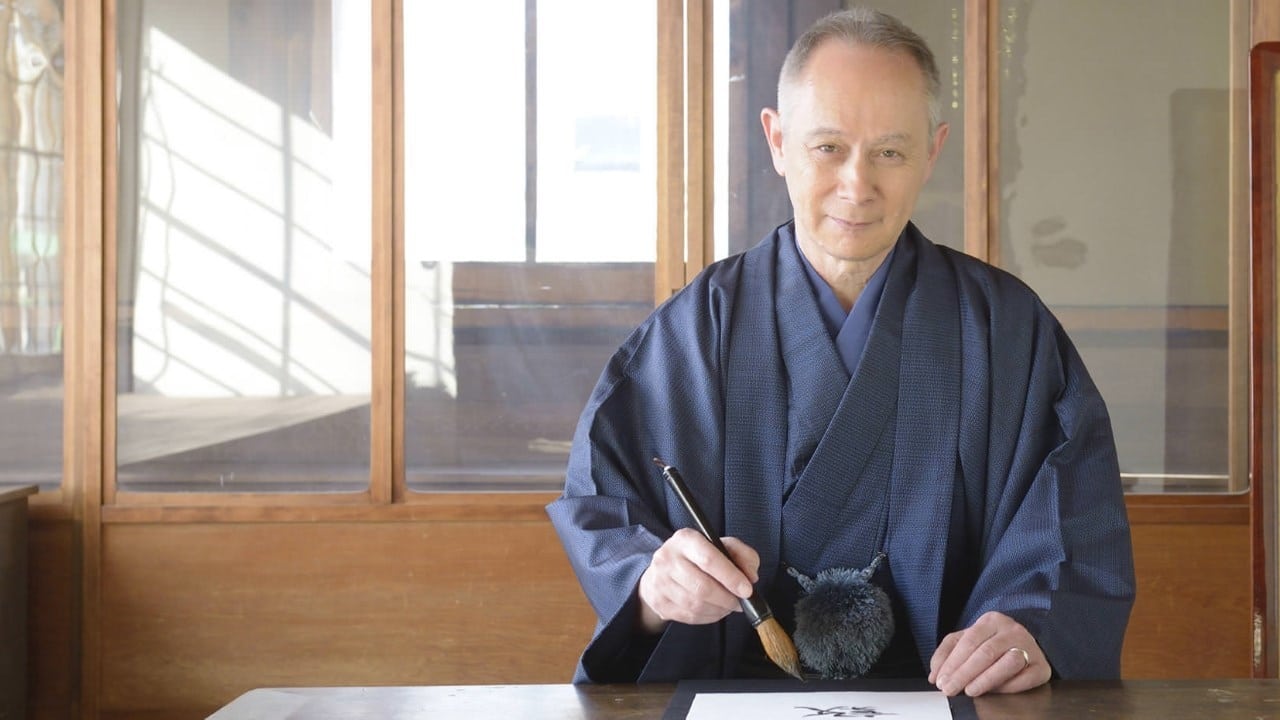
Host Peter Barakan delves into various aspects of Japanese culture; exploring practices, history, and modern innovations in such areas as ramen, rice, sushi, geisha, bonsai, and so much more. Local experts discuss their passions at fascinating length, and American Japanophile Matt Alt experiences the food, practices, and cultures in each episode in depth. Viewers will finish each half hour episode with a new understanding of an area of Japanese life through demonstrative videos and explanations, all delivered respectfully and true to the Japanese way of life.
Watch NowWith 30 Day Free Trial!
Japanology Plus
2014 / NR
Host Peter Barakan delves into various aspects of Japanese culture; exploring practices, history, and modern innovations in such areas as ramen, rice, sushi, geisha, bonsai, and so much more. Local experts discuss their passions at fascinating length, and American Japanophile Matt Alt experiences the food, practices, and cultures in each episode in depth. Viewers will finish each half hour episode with a new understanding of an area of Japanese life through demonstrative videos and explanations, all delivered respectfully and true to the Japanese way of life.
Watch Trailer
With 30 Day Free Trial!
Japanology Plus Season 4 Full Episode Guide
In this special two-part edition of Japanology Plus, we look at how the tea ceremony is performed, its complex set of rules, and its ties to modern Japanese life, in which it serves as the wellspring of omotenashi.
Tea ceremony, tea gathering, the way of tea, cha-no-yu, chado, sado...no matter what you call it, this elegant, centuries-old practice is often said to be the key to understanding the Japanese spirit of omotenashi—the mindful hospitality that remains a hallmark of Japanese culture to this day.
For as much as we talk about Japanese food, music, movies and other cultural exports, Japan's greatest contribution to the world—at least in terms of pure volume—may be its cars. Japan produces around 10 million motor vehicles a year, and it's almost impossible to get on any roadway in the world without spotting a car made by one of the country's many manufacturers.
Fernando Lopez, originally from Guatemala, runs an okonomiyaki restaurant in Hiroshima. Made on a hot griddle, okonomiyaki from western Japan resembles a thin crepe loaded with cabbage, pork, soba noodles and other savory ingredients. A special sauce is brushed on top to complete this Japanese soul food. Hiroshima is a place people all over Japan associate with good okonomiyaki. Because of this, competition is fierce, but Lopez's restaurant is one of the most popular in town, and one menu item in particular features a spicy twist.
At Japan's busiest airports, a flight may arrive or depart every two minutes or so. In spite of this, Japanese airlines are frequently ranked among the world's leading on-time flight operators. Making their punctual performance possible are Japanese values and professional expertise. This time on Japanology Plus, we explore the wonders of air travel in Japan. Our expert guest, Shunji Akimoto, is a journalist who covers the air industry globally. And in Plus One, how to wash a passenger jet.
Japan is prone to an array of natural disasters: earthquakes, typhoons, tsunamis, and more. It's also home to some of the world's best equipped and best trained special rescue teams, which are the focus of this edition of Japanology Plus. Japan's special rescue teams come in many forms: from those assembled by the police, to firefighters, to the Japan Self-Defense Forces (JSDF) and its Ground, Maritime and Air branches, the latter of which includes the elite Air Rescue Wing featured on the program.
Walk through any neighborhood in Japan, and before too long you'll come across a shrine devoted to Shinto, the native religion of the country. Many visitors to Japan are charmed by the peaceful, relaxing atmosphere and stunning architecture of these shrines, as well as the traditionally-garbed priests and shrine maidens who help run them. Fewer, though, are familiar with the exact traditions of these shrines and the duties performed by the priests and maidens. Those shrine duties and the history behind them are the subject of this edition of Japanology Plus.
Though the title of this edition of Japanology Plus might inspire a few double-takes, rest assured, you have not accidentally tuned into the wrong program: as it turns out, particle physics research is as Japanese as sushi and sumo. Japanese scientists and technologies are some of the world’s most significant when it comes to particle physics research. Our guide is expert guest Makoto Kobayashi, who was awarded the Nobel Prize in Physics in 2008 for his work in the realm of elementary particles. But what exactly are elementary particles?
This edition of "Japanophiles," the series within Japanology Plus that profiles foreign residents leading exceptional lives in Japan, centers around Tyler Lynch, an American who runs a traditional inn, or ryokan, in Nagano. In addition to seeing Lynch's everyday activities, we get a look at Japanese hot springs and hospitality, as well as what life is like in a small Nagano town.
As in other countries around the world, the local amusement park is an essential part of childhood for many in Japan. But Japan’s local parks currently face multiple challenges, such as competition from international mega-parks, other forms of entertainment, and Japan’s declining birthrate. How are local parks responding to these challenges, and what do they mean to people around Japan? These questions are the focus of this amusing edition of Japanology Plus.
Swimming, soccer, gymnastics and more: Japanese children these days are increasingly enthusiastic about sports. Sports-focused kindergartens have become very popular, as have after-school training programs intended to nurture elite athletes. What lies behind this junior sports boom? This time on Japanology Plus, we explore the theme of children and sports. Our expert guest is Masayuki Tamaki, a sportswriter who covers the entire sporting spectrum. And in Plus One, a gym for Olympic prospects.
In countless everyday settings, individuals, companies, administrative bodies and others in Japan use anthropomorphized 2D characters to enhance communication. Following a recent Japanology Plus devoted to various manifestations of anthropomorphism, this time we delve deeper to explore the historical roots of this quintessentially Japanese phenomenon. Our expert guest, Professor Sadashige Aoki of Hosei University, specializes in "character culture." And in Plus One, a street of monsters in Kyoto.
In any Japanese city, you'll see countless signs and posters featuring anthropomorphic characters. This preference seems closely entwined with culture and the national character. This time on Japanology Plus, our theme is anthropomorphism. Our expert guest, Professor Sadashige Aoki of Hosei University, has analyzed the social impact of anthropomorphism and writes on "character culture." In Plus One, do Japanese and foreigners view characters differently?
Along with the hum of cicadas, the twinkling of wind chimes and the cracking of baseball bats, nothing quite defines Japanese summers like the bursting of fireworks. Literally thousands of fireworks events are held around the country and are attended by millions of spectators. For many in Japan, it simply isn’t summer without fireworks—but why? That’s the question posed in this edition of Japanology Plus.
In 1872, when Japan’s first railway opened between Yokohama and Tokyo, the population of Tokyo was less than one million. Fast-forward 150-odd years, and it has increased to well over 13 million. If you add the larger metro area, that number swells to 35 million. The continued growth of Tokyo’s population has necessitated constant additions and revisions to its infrastructure—and the city’s importance as Japan’s political, financial and cultural capital means those additions and revisions must be carried out without interrupting its daily flow. That balancing act lies at the heart of this edition of Japanology Plus.
Nsenda Lukumwena is an architect from the Democratic Republic of the Congo who has carved out a niche for himself in the highly competitive construction market in Japan. Dismissing industry norms, he discusses each project with the people who actually do the construction work and considers their advice. He also makes imaginative use of new materials, and attaches special importance to the use of light. We learn about his unconventional path to success as an architect in Japan.
For centuries the art of playing traditional music on Japanese instruments was passed down through apprenticeships. But traditional music ended up isolated from other musical forms. Now young performers are trying to adapt Japan’s musical legacy to modern tastes, and to create new traditions. This time on Japanology Plus we find out more about traditional music in modern life with the help of expert guest Akihisa Kominato, a shakuhachi player. And in Plus One, the basics of kotsuzumi drumming.
Modern Japanese music is influenced both instrumentally and stylistically by Western music, but the country has its own indigenous music, the history of which stretches back over a millennia. This time on Japanology Plus, we'll explore that music, and hear instruments like the shamisen, koto and taiko that reflect a unique Japanese sensibility toward sound. Our guest is Naoya Mura, a dancer conversant with many kinds of traditional Japanese music. And in Plus One, learning how to play the koto.
In Japan, around 60,000 buses run along designated routes to designated stops, and operate on a timetable. For commuting, shopping and getting around, 4.1 billion passengers a year use these fixed-route buses, with bus lanes and other systems continuing to improve the dependability of the service. This time on Japanology Plus we find out more about Japan’s buses under the guidance of our expert guest, transport journalist Fumihiko Suzuki. And in Plus One, bus maintenance.
Capsule toys, also known as gachapon, are small toys purchased from vending machines. Though the cost of these toys is extremely reasonable, their fine attention to detail and handmade quality makes them anything but cheap. Join Peter Barakan and Matt Alt as they visit Japan’s foremost expert on capsule toys and discover why these tiny toys encapsulate the country’s attention to workmanship – and its playful side, too.
The school lunch is a key part of a child's diet in Japan. Meals are nutritionally balanced and designed to nurture health. School lunches also play a role in education. Behind the scenes are expert nutritionists and kitchen workers. This time on Japanology Plus, we'll explore why so much attention focuses on school lunches in Japan. Our expert guest, Akemi Nakanishi studies the educational value of school lunches and the systems supporting them. And in Plus One, a school lunch restaurant.
Yoram Ofer from Israel runs a bar in Kyoto that offers a chance to explore the world of nihonshu, or Japanese sake. He focuses on junmaishu, a form of sake that contains no added brewer's alcohol. When he first came to Japan nihonshu was already in decline, but Yoram Ofer began to study Japan's many varieties of nihonshu, and these days he shares what he knows with those who visit his bar, always carefully listening to customers in order to identify a good match for their preferences.
Coffee first reached Japan in the 17th century, but it wasn't until the 19th century that it started to catch on. Drinking coffee was one of many elements of Western culture eagerly adopted in that era, and countless cafes sprang up in cities. This time on Japanology Plus, we'll explore some ways in which cafes are enjoyed these days in Japan. Our expert guest, Naoyuki Takai, is a journalist who has written many books about cafes and cafe culture. And in Plus One, some offbeat cafe experiences.
Curry is one of Japan's favorite foods. A thick Japanese-style curry sauce is very different from the kinds typically associated with Indian cuisine. Japan's love affair with curry can be traced back 150 years, and continues to evolve in homes and restaurants all over the country. Our expert guest, Jinsuke Mizuno, has written more than 40 books about curry and shows us one way to make it. And in Plus One, tactics to avoid splash attacks when you tackle a bowl of udon noodles in a curry sauce.
In Japan, most people aiming to get a driver’s license go to a driving school. On closed courses complete with railway crossings and hills, driving schools helps students learn how to deal with every situation out on the road. Some offer on-site lodgings for intensive courses, whie others draw customers with nail salons. Our guest is journalist Yukihiro Yamada, an expert on transportation in Japan and author of a textbook used in driving schools. And in Plus One, learning how to ride a motorcycle.
A Buddhist altar, or butsudan, is a feature of many homes in Japan. Family members kneel before them seeking guidance from the realm of enlightenment, and engaging with memories of lost loved ones. Many butsudan are made by teams of expert artisans. Our expert guest is Kazunori Jokai, the 11th generation owner of a butsudan supplier that's been in business for 300 years. And in Plus One, some of the various forms that contemporary butsudan are taking to match modern lifestyles and interiors.
Zoe Vincent from the United Kingdom works for an organization that promotes tourism in Fukushima. She travels around the prefecture, seeking out traditional culture and events, then writes online and in English about her experiences. But Fukushima is beset by challenges. On March 11th, 2011, a nuclear power plant on the coast was hit by tsunami generated by the huge earthquake that day. Zoe Vincent seeks out the reality of Fukushima, and she works hard to share what she finds with the world.
The "Soei" in Randy Channell Soei is a name this Canadian was given to mark his ascent to mastery of the Way of Tea. He is one of very few foreigners qualified to teach every aspect of the tea ceremony, a refined choreography of precise movement and mindfulness. Channell originally came to Japan to study martial arts, but later became drawn to the Way of Tea, the heart of Japanese hospitality. He is now a dedicated educator, and many Japanese students learn from him about tea culture.
Jeans are among the world's most popular clothes, and Japanese denim has a great reputation. Harnessing craft traditions, manual dexterity, and the latest technology, makers of Japanese jeans offer a subtle spectrum of blue dyes, a broad variety of textures, and excellent techniques to customize the way jeans look. Our expert guest, Shinsaku Sugiya, the vice president of Shujitsu University, is the author of a book about Japanese jeans. And in Plus One, getting an old pair of jeans revamped.
Tokyo's highly efficient rail network is known for safe and punctual operation. Most trains run on schedule, almost to the second. What are the key factors contributing to its outstanding reputation? One is technology, including advanced monitoring and control systems, and another is people: rail staff are dedicated to operational precision. Our expert guest is Nobuyuki Sato, an experienced researcher and analyst of public transportation policy. And in Plus One, learning to drive a train.
Japanese spend less time asleep each night than people in many other countries, a situation that may derive from a 24-hour, on-the-go culture, and a strong work ethic. Demand for quality sleep has prompted hotels, long-distance buses and other businesses to offer special sleep-related services, while some companies have even introduced naps to improve efficiency. Our expert guest is Prof. Yukio Toyoda, who studies sleep in Japan from the viewpoint of sociology. And in Plus One, sleeping baby art.
Karate is practiced by more than 60 million people around the world, and its roots are in Okinawa. Okinawan karate, the most traditional form, is known for the brutal power of its blows. But that power is cultivated with the intention never to unleash it. This time we explore the paradox of training the body into a weapon that ideally should never be used. Our expert guest is Kiyoshi Tsuha, who has been practicing Okinawan karate for over 50 years. And in Plus One, the basics of Okinawan karate.
In Japan, where real estate is at a premium, houses can be very cramped inside, especially in major cities. Maneuvering large items of furniture along narrow corridors and stairs requires special techniques that have become a hallmark of Japanese movers. This edition of Japanology Plus introduces the rigorous training used by large firms to perfect such skills and the unique services that these Japanese moving firms offer. Our expert guiding us today is Yasuo Yamasaki, who is head of training at a major Japanese removal service. And in Plus One, Matt gets a glimpse of one recent innovation for the safe transport of plates and dishes: a box filled with padded pockets.
Noh theater is said to be the world's oldest contemporary performing art. After emerging 650 years ago, it survived a time of national turbulence with the help of samurai warlords, and it is still going strong today. This time on Japanology Plus, we explore how this traditional form of theater presents profound drama on a simple stage, and with subtle gestures. Our expert guest, Reiko Yamanaka, is head of The Nogami Memorial Noh Research Institute of Hosei University. And in Plus One, Matt does his best to follow the guidance of Hiroyuki Matsuno, a noh actor who also offers classes on noh.
We meet a nakai, a waitress at a luxury Japanese restaurant. In a Japanophiles interview with Peter Barakan, Carine Lafitte from France talks about the challenges of her demanding traditional job.
Free Trial Channels
Seasons


